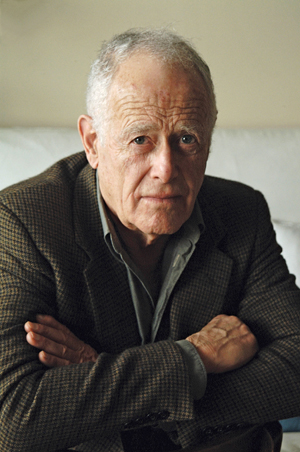Durante la planeación de exhibiciones en el Harry Ransom Center, los curadores seleccionan los materiales que consideran más relevantes en las colecciones y que, a su vez, mejor se relacionan con los temas de cada muestra. Posteriormente los restauradores evalúan la condición física de todos los objetos seleccionados, con el fin de entender su fragilidad material, evaluar los posibles riesgos y/o requerimientos específicos para exhibirlos de forma segura, tales como la necesidad de construir soportes exactos y a la medida para libros, o establecer niveles de iluminación para fotografías. En el caso de Elliott Erwitt: Home Around the World, se determinó cuáles fotografías podrían beneficiarse de algunos tratamientos de conservación.
[Read more…] about Elliott Erwitt: Home Around the World / Un hogar en todo el laboratorio

![Before treatment - Front with tape residues, and back. Elliott Erwitt (American, b. France 1928), Lawrenceville, New Jersey [Frederick Buechner], 1949. Gelatin silver print, 11.6 x 12.7 cm. Alfred A. Knopf, Inc. Records, Harry Ransom Center. © Elliott Erwitt / Magnum Photos](https://sites.utexas.edu/ransomcentermagazine/files/2016/09/162004183_bt_recto.jpg)
